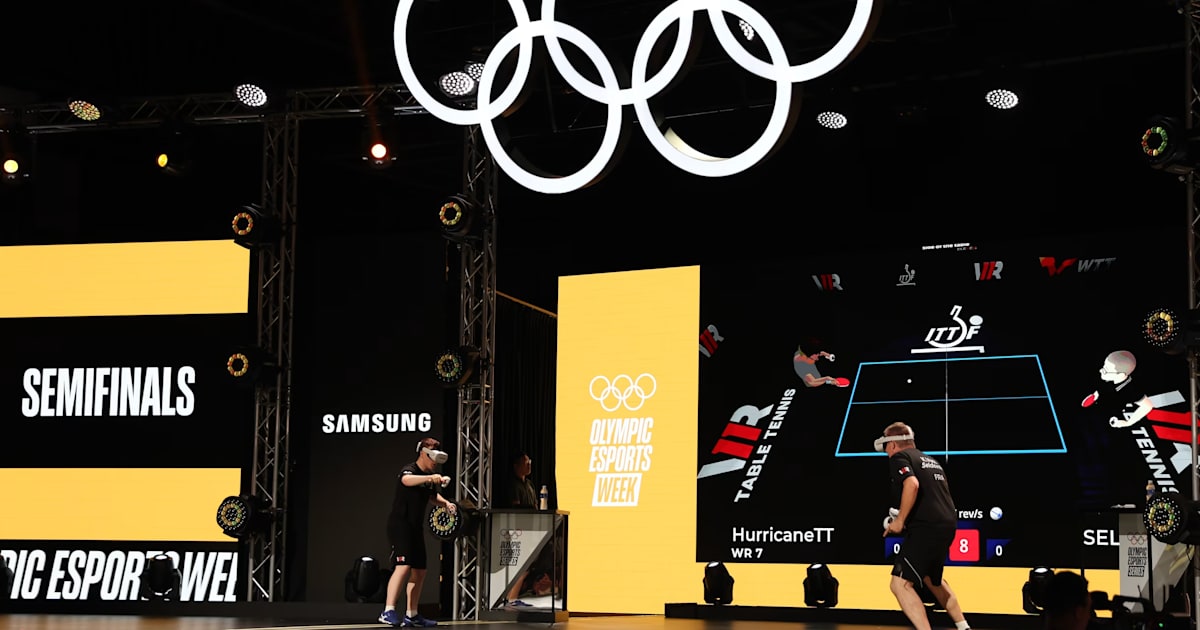Tech
Game Theory: Hades II is already incredible, and it’s barely getting started

Every Friday, A.V. Club staffers kick off the weekend by taking a look at the world of gaming, diving in to the ideas that underpin the hobby we love with a bit of Game Theory. We’ll sound off in the space above, and invite you to respond down in the comments, telling us what you’re playing this weekend, and what theories it’s got you kicking around.
Few games have delivered more raw pleasure, with more regularity, than Supergiant’s 2020 action hit Hades. A fascinating blend of the studio’s masterful command of twitch-heavy action gaming—previously displayed in games like Bastion and cult favorite Transistor—with the story progression and “Hey, don’t you want to date this shirtless demigod?” vibes of the world of visual novels, it was pretty much a perfect satisfaction machine. And now its sequel is here…almost. And it’s already pretty damned good.
We won’t beat around the Stygian bush: The two hours we spent this week with Hades II’s new alpha “Technical Test” are two of the most enjoyable hours of gaming we’ve experienced in months, a reminder that there’s really nobody like this studio for making this kind of quick-moving, focus-heavy action gaming go down smoothly. Playing as new character Melinoë for as many times as the game would let us (i.e., 5 successful runs through the Underworld, and past its typically tough-but-fair first boss) we had an absolute blast sinking back into the rhythms of killing stuff, dodging away from enemy attacks, and then hitting up our various divine aunts, uncles, and grammas for presents and favors once the carnage had cleared.
The worst thing you can say about Hades II, then, is that there’s nothing terribly surprising in the alpha build we were playing with: The basic structure is identical to the sequel, as Melinoë travels through Hell, heading toward vengeance against the titan Cronos, who murdered her titular father (and brother and mother, so, uh, sorry original Hades fans). Enemies move quickly and in abundance, with little tweaks that can make the business of avoiding damage hard enough to be interesting. Getting new buffs and abilities from your Olympic relations remains a delight, with the game gently steering you toward different builds that are all genuinely fun to unleash. (In one playthrough, Poseidon blessed our projectile attacks to basically work as an aquatic machine gun; in another, we were able to lock our foes in place with the new “Cast” spell, and then have Zeus ram a lightning bolt through their skulls.) Death sends you back to a home base, with steady story progression happening every time you return, making failure and success part of your story in equal measure.
The biggest addition, mechanically, is a new mana bar that’s spent to fuel Melinoë’s biggest hits. In one of any number of reminders that Supergiant is very, very good at this kind of thing, though, the existence of this depletable combat resource isn’t a warning not to indulge in the fun stuff too often—but an invitation to find ways to break the mana economy in half so you can distribute massive smackdowns with glee. Three points feed this, all philosophically aligned: Firstly, mana recharges at the start of every fight, so you’ll never go into a battle “tapped”; secondly, there’s a whole new super-move mechanic that’s charged up by spending mana; third, the game is filled with buffs and boons that give you different ways to regenerate your magic during a fight. It’s a pretty fantastic thesis on the studio’s approach to play: Encouraging players to do things that are fun and feel great, rather than trying to create a scarcity to limit them from the good stuff.
It’s clear, even this early on, that anyone looking to Hades II for a revolution is going to come away disappointed—and there’s something a little sad in the thought of Supergiant, a studio that has made some delightfully weird games, being quite so content to play the hits. But the hits here are extremely satisfying, whether you’re bantering with the other denizens of the Underworld, unlocking new weapons and systems to power yourself up with, or just doing another run to feel the satisfaction of trying out a new set of boons and buffs. Hades was the rare game that insisted players “beat it” 10 times or more in order to fully “complete” its story—and then justified that investment with play that could hold up to the demands. Given the way our hands are itching, right now, to boot up Melinoë’s again and take another run at this new version of the Underworld, its sequel is already well on its way to matching that feat.









